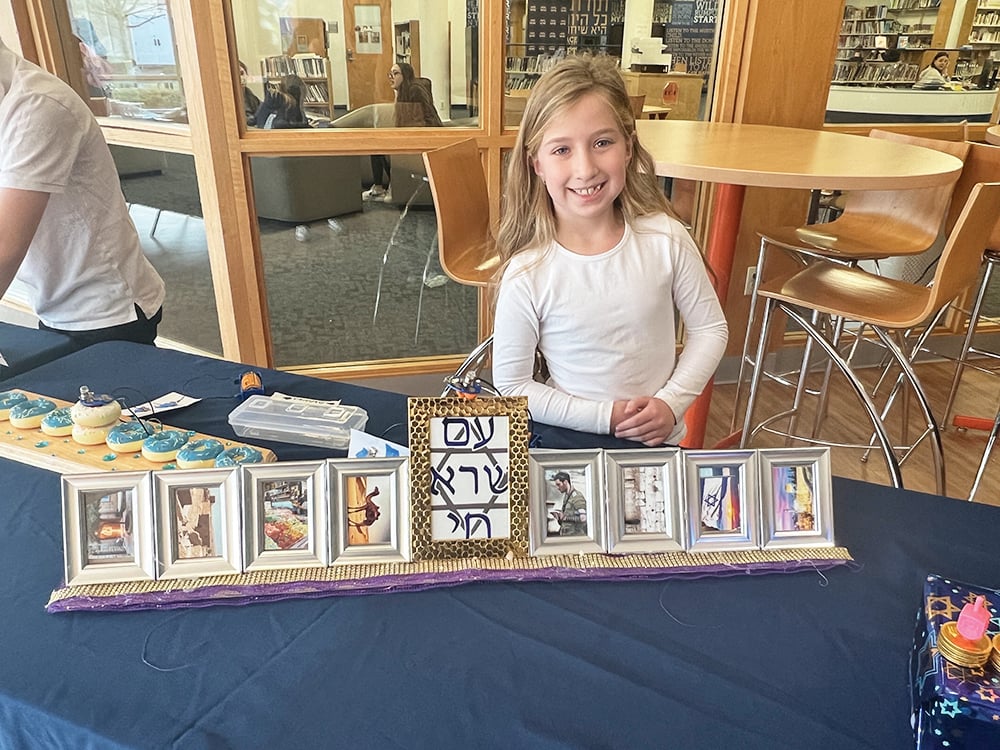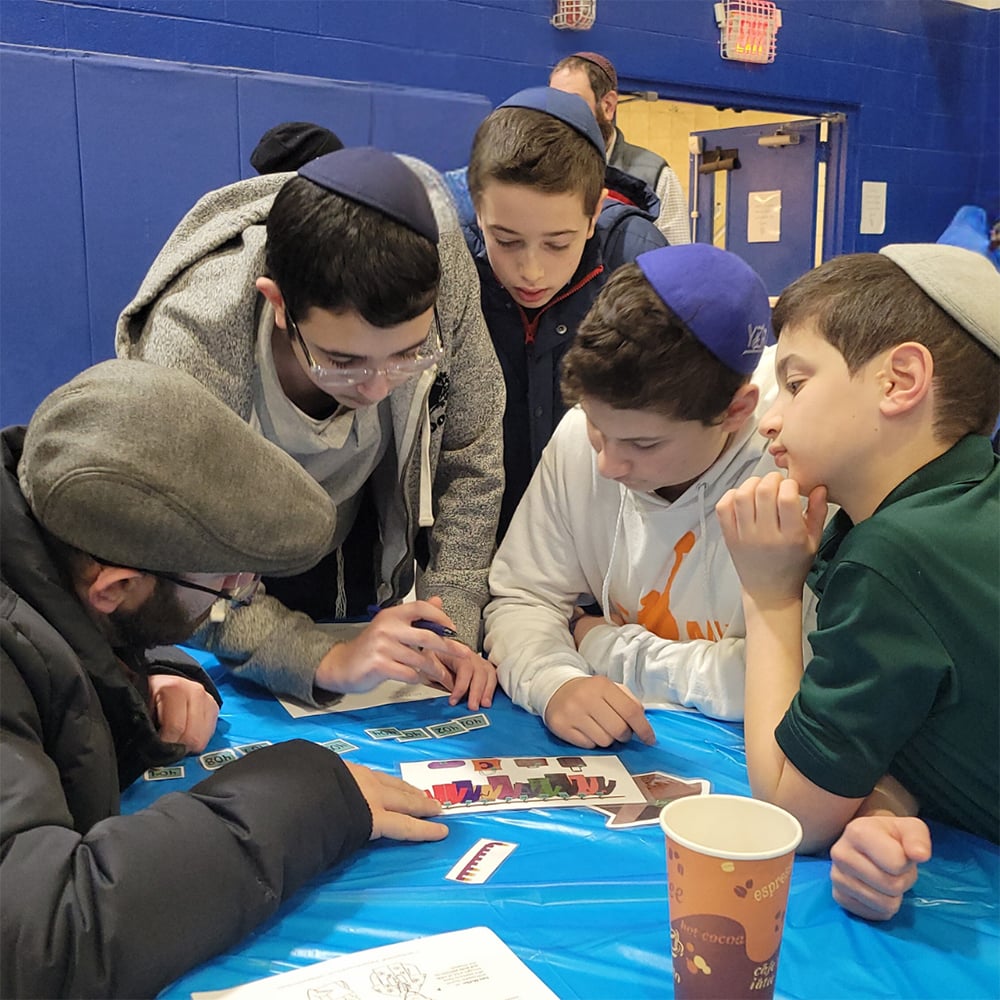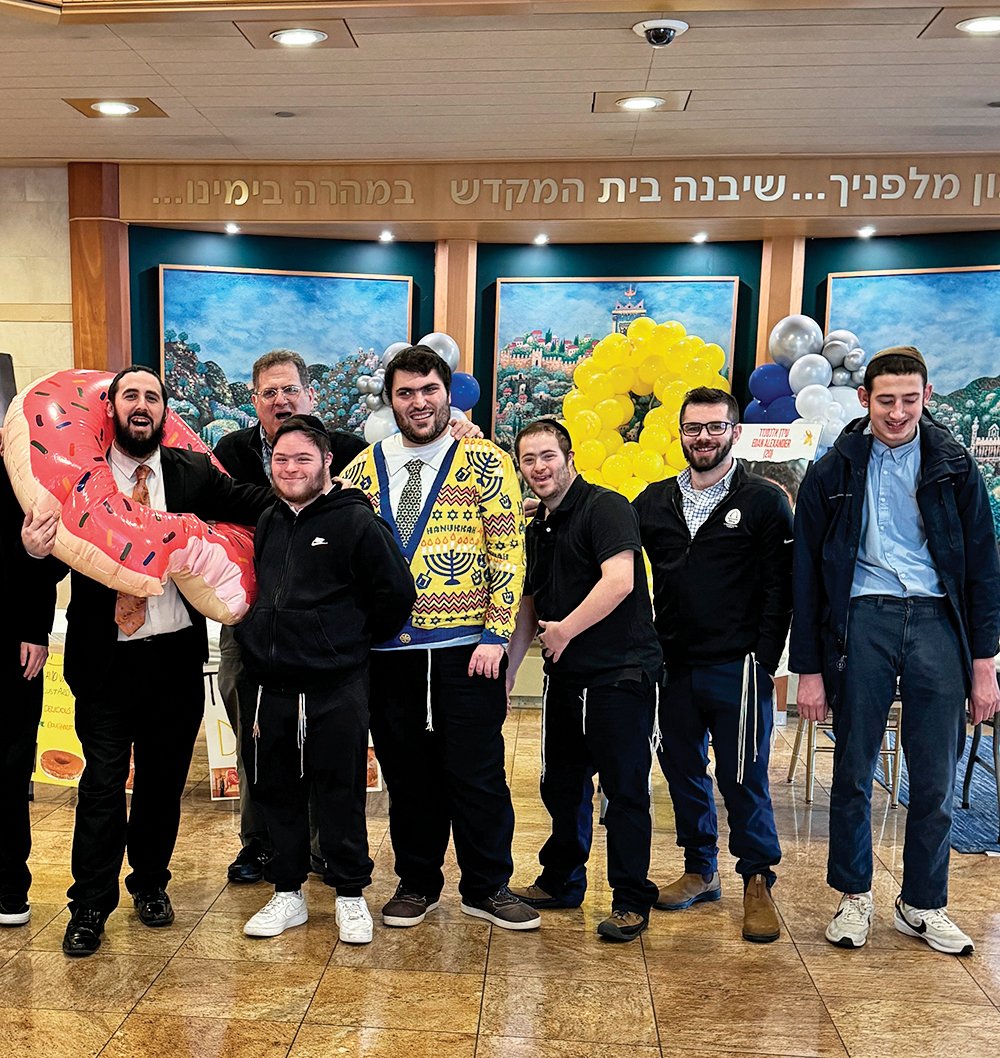Last year, we noted the tremendous challenge that we all face each year as we approach Tisha B’Av. It is a time when we are commanded to mourn, -but no one likes to be sad! Additionally, the Beit Hamikdash was destroyed thousands of years ago,and we have become accustomed to a reality without its existence. How can we truly grieve for something that we never personally had, and therefore don’t really miss?
Rav Soloveitchik notes this problem as well. “The reality of the lack of a Beit haMikdash all these years has become normal for us. There is always an equation between reality and normality. Whatever is real is normal, and whatever is normal is real. People do not look upon reality as abnormal. And so, the aveilut is much harder. There is more than a risk, there is a natural reality that, over time, people will forget …” (“The Lord is Righteous in all His Ways,” pages 23-24)
And if it’s hard for us adults to connect to the sadness of Tisha B’Av, it’s even harder for our children and teenagers to connect. Adults — due to their greater maturity and life experience — are able to see beyond their personal problems and appreciate concerns of religious, national and historical importance. They, therefore, are more easily able to connect to national and spiritual tragedies. Children and teens, however, are too wrapped up in their own realities to appreciate the magnitude of such national tragedies.
So then what can we do to counteract this challenge? Rav Soloveitchik suggests that “… the mourning of Tisha B’Av has to be taught. One must understand it thoroughly and be sensitive to it. We must learn how to mourn, to wail and weep for the Churban Beit Hamikdash.”
Our task, therefore, is to teach ourselves, and our children, how to mourn for the Beit Hamikdash. How do we do that?
Firstly, we must reiterate two principles regarding parenting in general that are very relevant here:
1) Our children will learn the most from how they see us act during these days. If our kids see us “going through the motions,” during the nine days and on Tisha B’Av, without any sincere attempt to process the sadness of the days, then the impact will be limited. If, however, they see us acting differently during these weeks — and that we are genuinely invested in connecting to Tisha B’Av — they will more likely learn from our personal example.
2) We need to be thoughtful and creative in helping ourselves and our kids connect to these days — which takes time, thought and energy. We cannot assume that if we print out some divrei Torah or games on Tisha B’Av morning, our children will suddenly connect. If we want the experience to be substantively meaningful, we must consider the ages of our children, and what educational tools might be most effective for each of them, and then prepare accordingly.
Regarding specific ideas/themes to explore in conversations/activities with your children, here are a few possible suggestions:
1) Doubt and Disconnect: The biggest obstacle in connecting to the mourning is that we never experienced the Beit Hamikdash, and we therefore don’t realize what we are lacking. One way to overcome this problem is to consider areas in our personal lives that would be different had there been a Beit Hamikdash.
Even as religious Jews, we all have moments where we struggle with doubt, or feel disconnected to Hashem and Judaism. During the times of the Beit Hamikdash, there was a concrete way for us to re-connect — by traveling to Yerushalayim and basking in the glory and splendor of the Beit Hamikdash. A visit to the miraculous aura and kedusha of the Temple imbued each individual with a profound sense of clarity and God-awareness. It also invested each person with a deep sense of sanctity; sanctity that would hopefully travel home with that individual and be incorporated into his daily life.
So as we consider our current spiritual reality — one often based on distance, confusion and sometimes doubt — we should consider how different that reality would be if the Beit Hamikdash stood.
2) Personal Tragedy: The kinnot on Tisha B’Av commemorate a wide range of tragedies that befell the Jewish people throughout our history. Although they begin with a focus on the Beit Hamikdash, later on, they shift to other national tragedies and catastrophes that occurred over the course of Jewish history. Rav Soloveitchik even notes that one of the kinnot describes the personal tragedy of two specific individuals, because “we do not forget the individual even in the midst of national disaster and upheaval, even when we are telling the greatest of all the disasters in our history, the Churban Beit Ha-Mikdash.” Tisha B’Av, as the rav and many others point out, is a day that is designated to commemorate any and all calamities that have befallen the Jewish people.
Therefore, if it’s hard for us to connect to the lack of Beit Hamikdash, it’s appropriate to think about a more recent national or personal tragedy and mourn that loss within the context of the overall national mourning of Tisha B’Av.
3) Personal Responsibility: Our mourning on Tisha B’Av would not be complete without a reflection upon our personal responsibility concerning the current reality. The Yerushalmi Yoma famously says, “Any generation that does not rebuild the Beit Hamikdash, is considered to have caused its destruction. The message is clear — the current situation is not permanent and can be altered. And that potential change is up to us and begins with us. As opposed to blaming others, on this day, we are meant to shoulder the responsibility for our reality and consider ways that we can improve ourselves — with the hope that such personal change will spur improvements in those around us as well, and ultimately lead to the future we all yearn for.
Wishing everyone a meaningful
Tisha B’Av!
Rav Yossi Goldin is the menahel tichon at Yeshivas Pe’er HaTorah, Rebbe at Midreshet Tehilla, and Placement Advisor/Internship Coordinator for the YU/RIETS Kollel. He lives with his family in Shaalvim and can be reached at [email protected]













